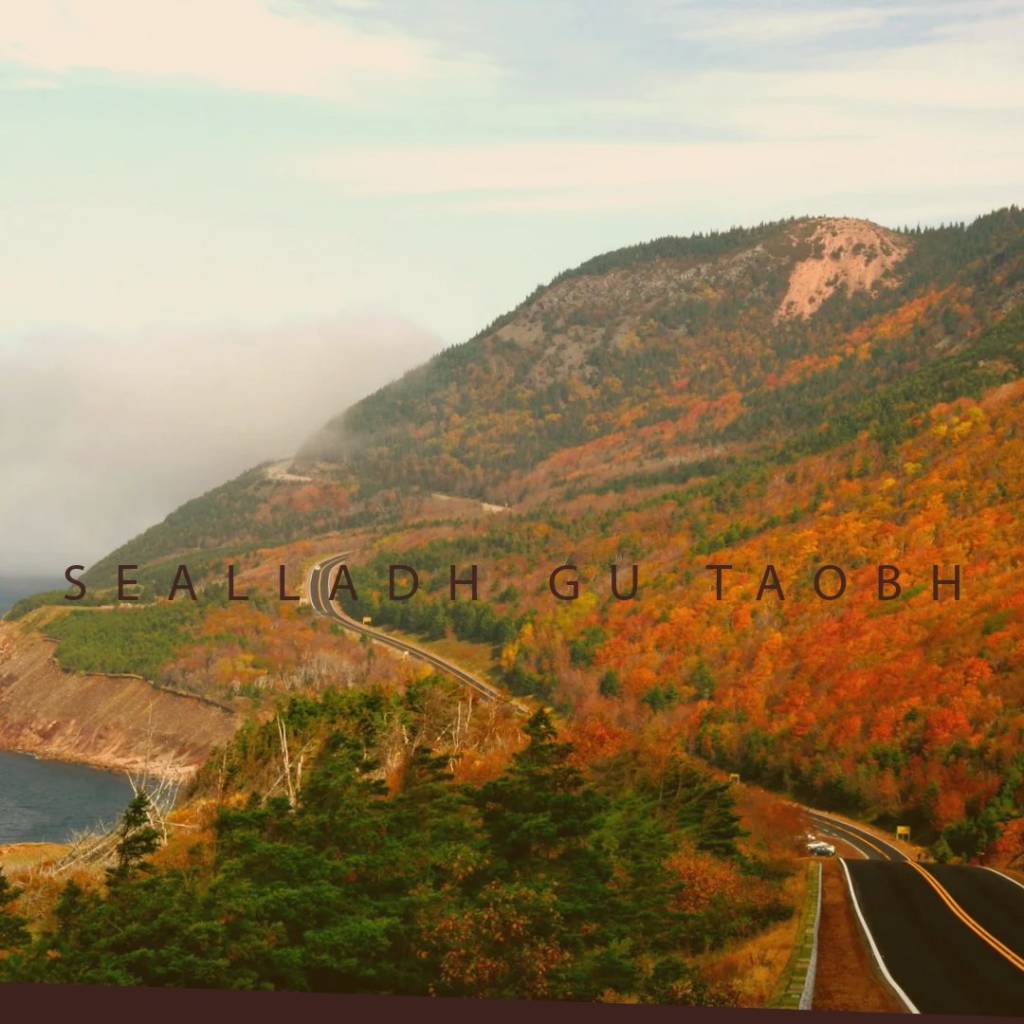I left for Cape Breton this last weekend full of hope to learn about the arts scene in the beautiful province-within-a-province. A large island with its own unique cultural identity, so close to mainland Nova Scotia that it was joined by a causeway that was controversial when it was built, Cape Breton was never a big part of growing up in big city Halifax (itself a small town if you grow up there) or going to undergrad in neighboring Antigonish. A whole universe into itself, Cape Breton is easy to get lost in forever if you visit, but easy to put out of mind no matter how close you are to its shores.
In Cape Breton, I wanted to focus on visual art, as an instructor at an art college. Cape Breton’s music scene is legendary, with Celtic-style folk music and step-dancing drawing cruise ships and tourists from around the world. While the stereotype that most Nova Scotians are Scottish descended has faded over time, in Cape Breton and nearby towns, such as Antigonish, Scottish ancestry is still so common that growing up the section of the Antigonish phone book with surnames that started with ‘Mac’ would reduce the phone book to a mere pamphlet if removed.
Starting in the 1970s but kicking into high gear in the late 1980s, the Nova Scotian government saw a chance to boost tourism by re-inventing tourism in the province as based around this Scottish identity. What emerged were two Cape Bretons: one for tourism and one the real Gaelic identity of the island. Tartans, “the Celtic Knot” and other trappings of cultural identity were introduced during this period and are frequently found dotting the walls of the bars in downtown Sydney, the major population center on the island. Meanwhile, the reality of Gaelic identity on the island, while unique and authentic, was for the most part, lost in translation.
In the process of researching this piece, I spoke with the head of the Gaelic Studies department at Cape Breton University, plus various librarians and archivists on campus, and a Nova Scotia government employee with a focus on Gaelic identity on the island.
“The term Celtic is very controversial, and so people here would not typically call themselves Celts,” said Heather Sparling, head of the Gaelic academic programs at CBU. “They’d call themselves Gaels.”
Sparling told me that, despite the artificial imposition of the Celtic stereotypes, there was a vibrant sense of art in the province. “Obviously Gaels make art, and there’s going to be interest in Gaelic tradition, in those arts.”
Interviewing Nova Scotia government employee Lewis MacKinnon, I learned about a connection to the real Gaelic culture of Cape Breton Island and the Eastern Nova Scotian Mainland that is in need of further maintenance, protection and promotion.
“That book is a beautiful rendition of Gaels in Cape Breton, who shared their stories,” MacKinnon told me.
The book titled “Sealladh Gu Taobh — Oral Tradition and Reminiscence by Cape Breton Gaels,” is by visual artist, Ellison Robertson and the late Gaelic language and cultural tradition bearer and champion, Jim Watson.
The book is a beautifully illustrated look at the Gaelic oral tradition on the island, and it is currently out of print.
Known copies are held by the Halifax Public Library, the US Library of Congress and the Irish National Library, plus university libraries in Nova Scotia.
Considering the numerous efforts underway to reclaim and renew the Province’s Gaelic language and cultural tradition, would it not be an interesting and appropriate idea to bring the book back into circulation? Such a move would contribute to the preservation of this rich part of Nova Scotian, Canadian, and world culture.


